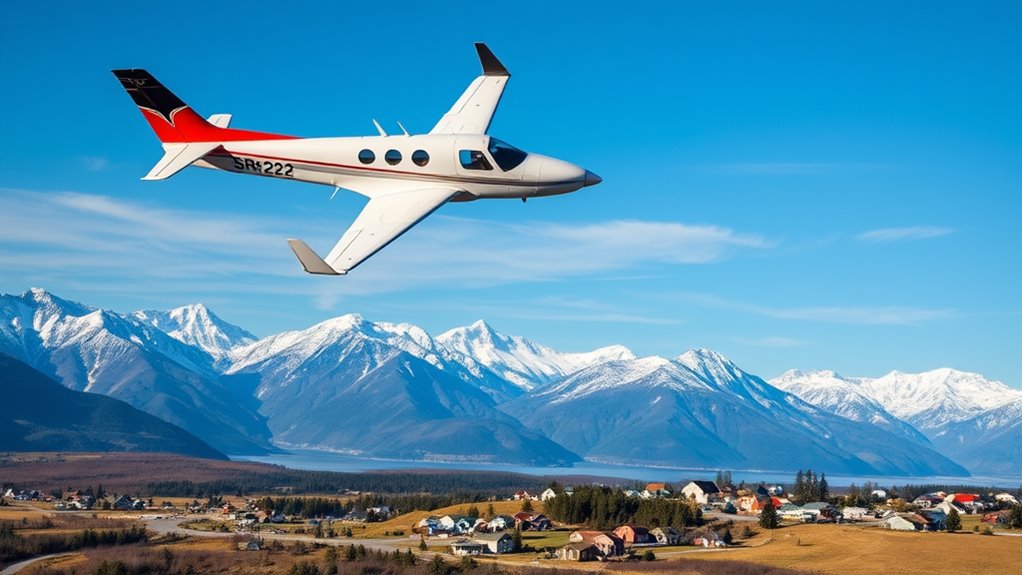When it comes to auto insurance, understanding the nuances can be the difference between compliance and costly penalties. In Alaska, the distinction between SR-22 and standard insurance is significant, particularly for high-risk drivers. While standard insurance caters to the general population, SR-22 serves a specific need for those with serious infractions. What does this mean for your insurance costs and coverage requirements? Let's explore the implications further.
When you're traversing the insurance landscape in Alaska, understanding the differences between SR-22 and standard insurance is vital, especially if you've faced serious driving violations. SR-22 isn't an insurance policy itself; rather, it's a form that proves you have the minimum required insurance coverage. This document is typically mandated for drivers with considerable infractions, such as DUIs or reckless driving, as a prerequisite for reinstating driving privileges. SR-22 insurance is specifically designed to demonstrate that you are meeting state-mandated insurance requirements.
On the other hand, standard insurance applies to drivers without major violations, allowing them to secure regular coverage without additional requirements. Both SR-22 and standard insurance policies provide liability coverages, including bodily injury and property damage. In Alaska, the minimum liability coverage required is $50,000 for personal injury per person, $100,000 per accident, and $25,000 for property damage. SR-22 is required for three years following serious traffic violations, making it essential for compliance.
While both insurance types can include additional coverages like extensive and collision, the key distinction lies in the risk profile associated with SR-22. Drivers needing this form are classified as high-risk due to their past driving behaviors, which leads to higher premium costs. On average, SR-22 insurance in Alaska costs approximately $702 annually for minimum coverage, representing a 36% increase over standard insurance rates.
Premium variations are considerable in Alaska, particularly due to the type of violation. For instance, a DUI can spike your annual insurance costs to over $2,000. While the SR-22 itself doesn't inherently increase rates, the violation that necessitates it certainly does. This means if you've had a serious violation, expect your insurance costs to be markedly higher than those of drivers with clean records who opt for standard insurance.
The filing process for SR-22 is another important area to take into account. Insurance providers handle the SR-22 filings with the state; you can't do this independently. Typically, the filing fee ranges from $15 to $25, and maintaining the SR-22 is necessary for three years in Alaska. If you allow your insurance to lapse, it can lead to severe penalties, including the potential suspension of your driving privileges. It's vital to maintain continuous coverage to avoid complications.
When it comes to choosing an insurance provider, you'll find that different companies offer varied rates for SR-22 coverage. Companies like Progressive and State Farm often provide competitive rates for SR-22 insurance in Alaska, while GEICO and Allstate may offer it at higher premiums. Comparing quotes from multiple providers is imperative to finding the best rates, as prices can differ considerably based on the insurer and your specific driving history.
Ultimately, whether you're weighing SR-22 or standard insurance, the implications of past violations on your rates are substantial. While both types primarily focus on liability coverage, SR-22 serves as a necessary step for high-risk drivers to meet state requirements. Understanding these differences can help you navigate your options more effectively and make informed decisions about your insurance coverage.
Conclusion
Steering through the waters of auto insurance in Alaska can feel like guiding through a storm. While standard insurance is your reliable vessel, SR-22 is the lifeboat you need after a major infraction. It's vital to understand that while SR-22 comes with higher costs and strict requirements, it serves as a necessary safeguard for high-risk drivers. Maintaining continuous coverage is fundamental to avoid penalties and guarantee smooth sailing in your insurance journey.


